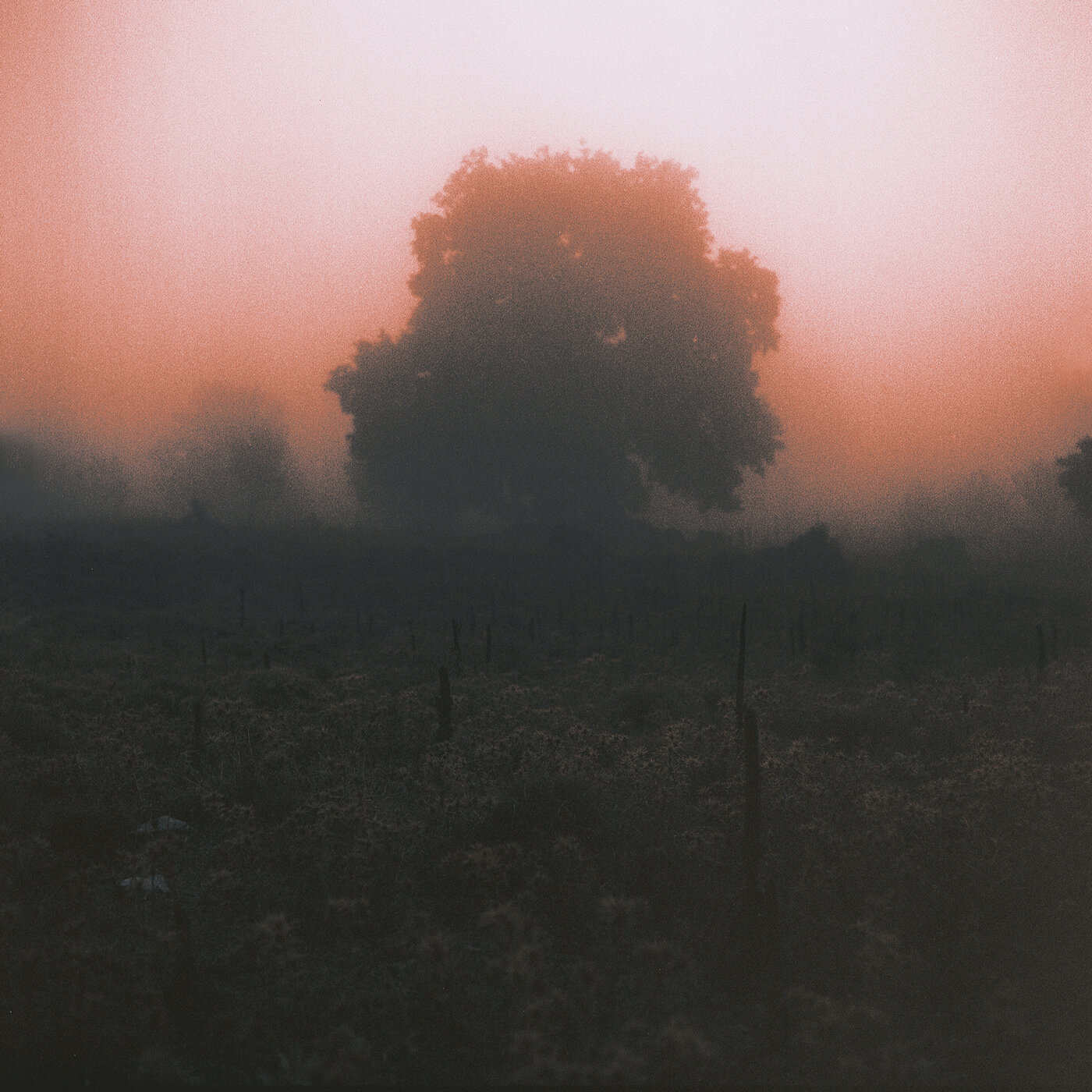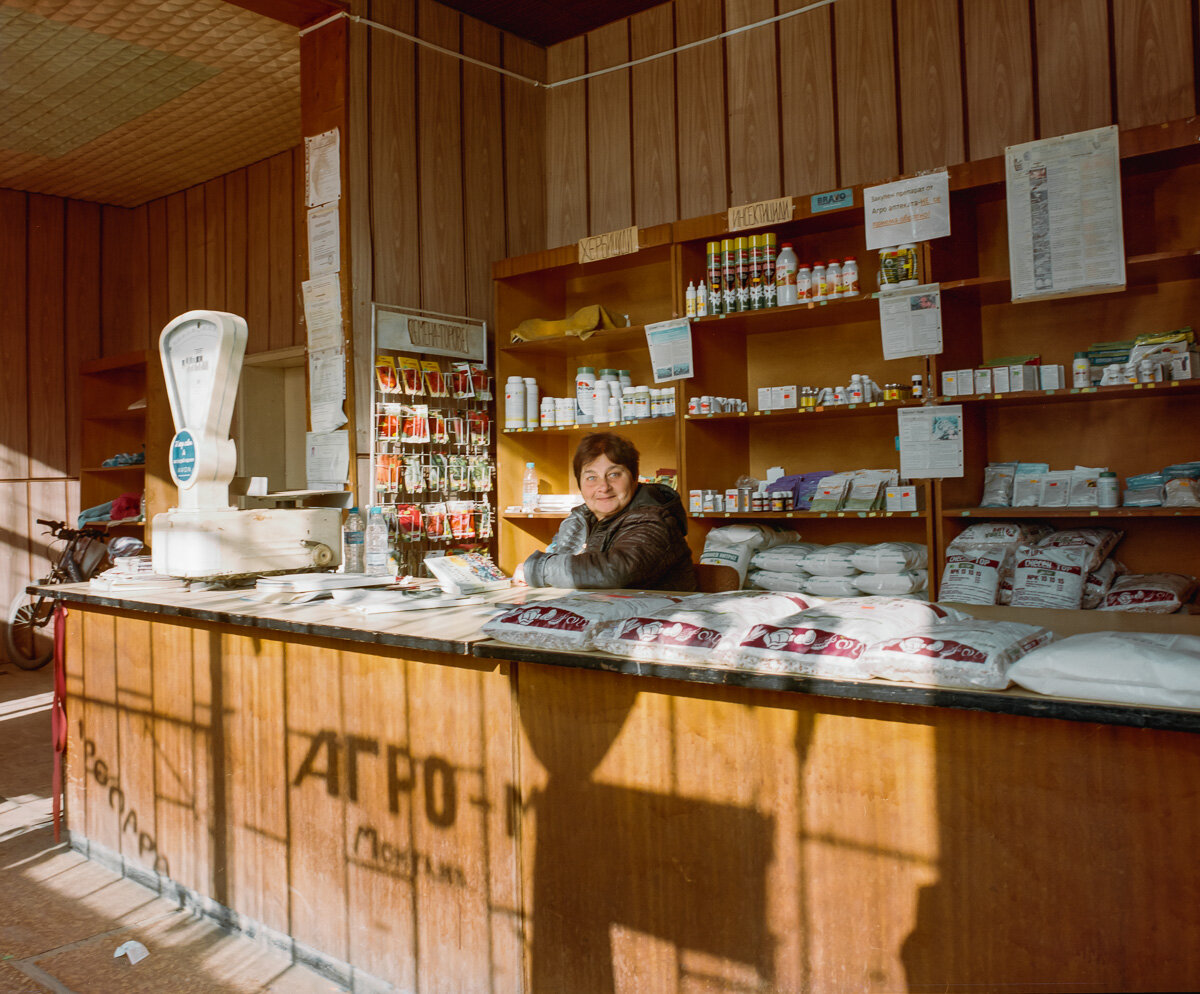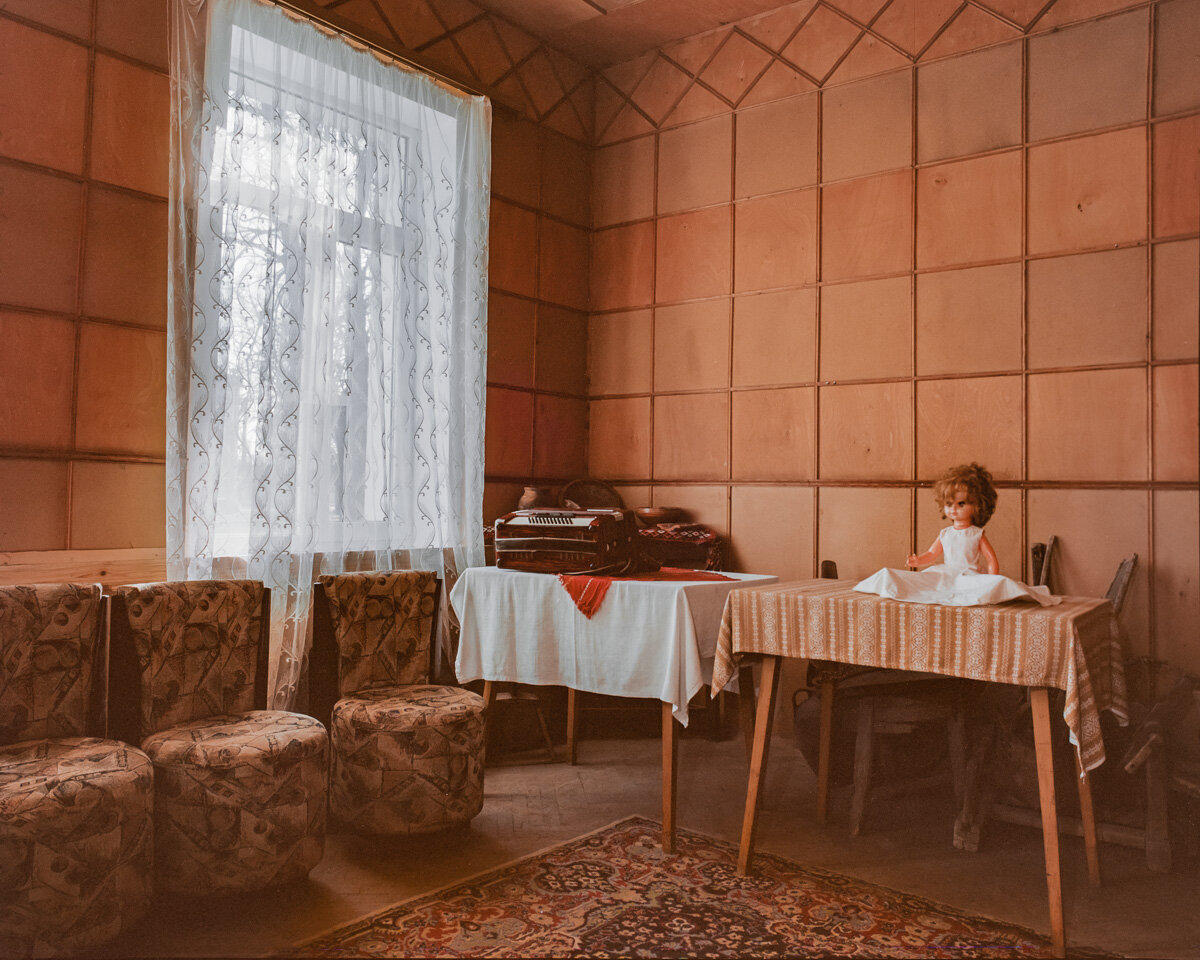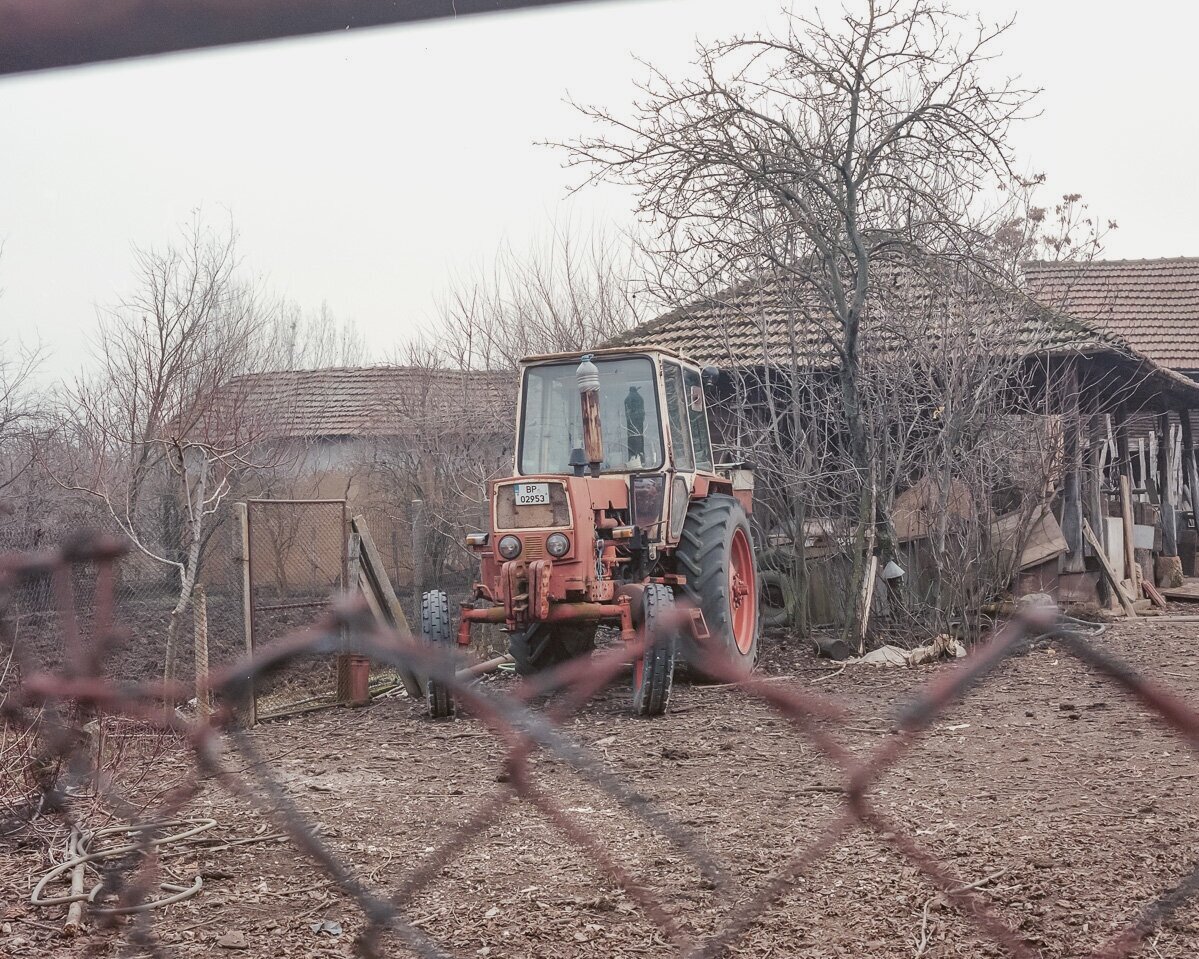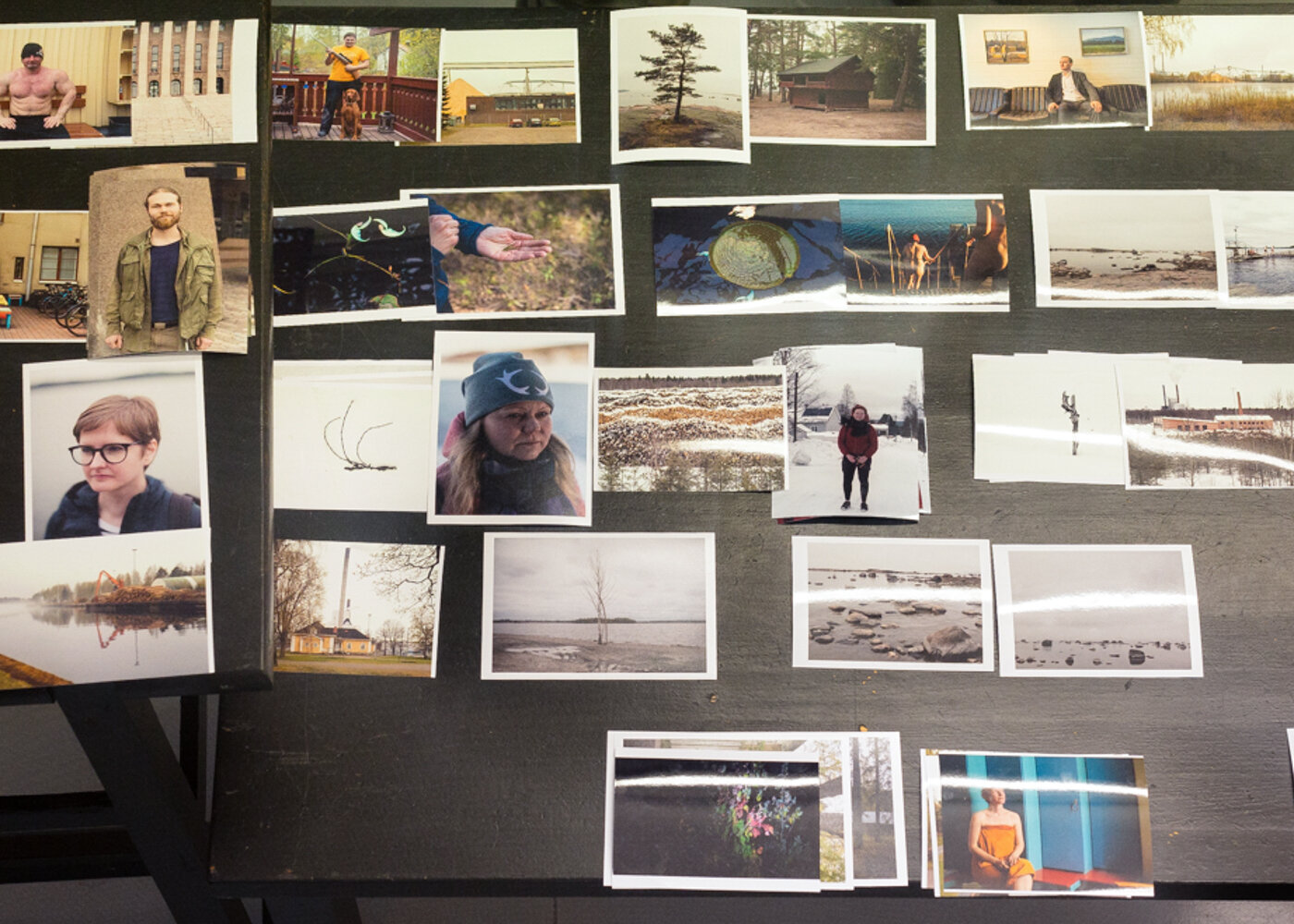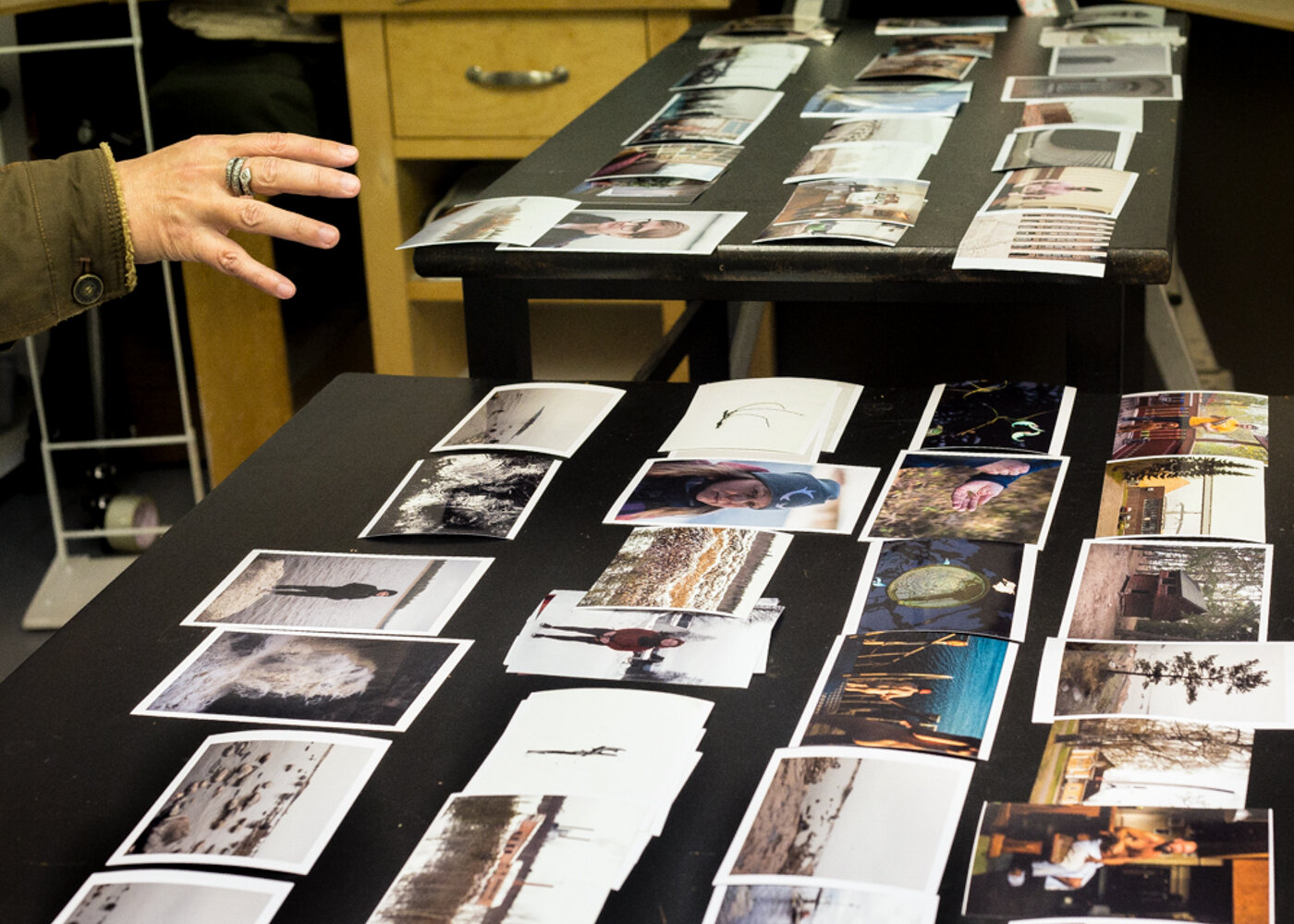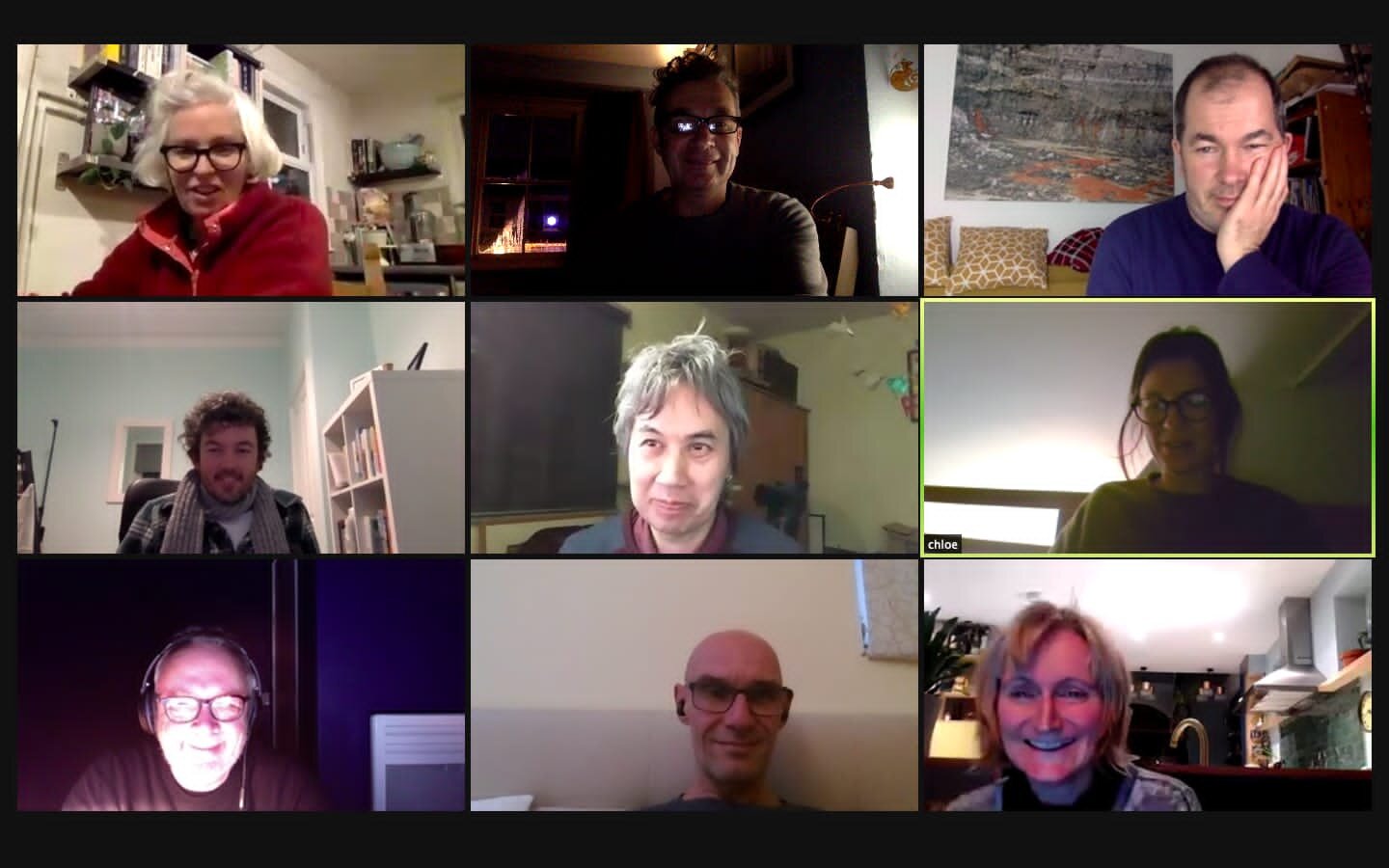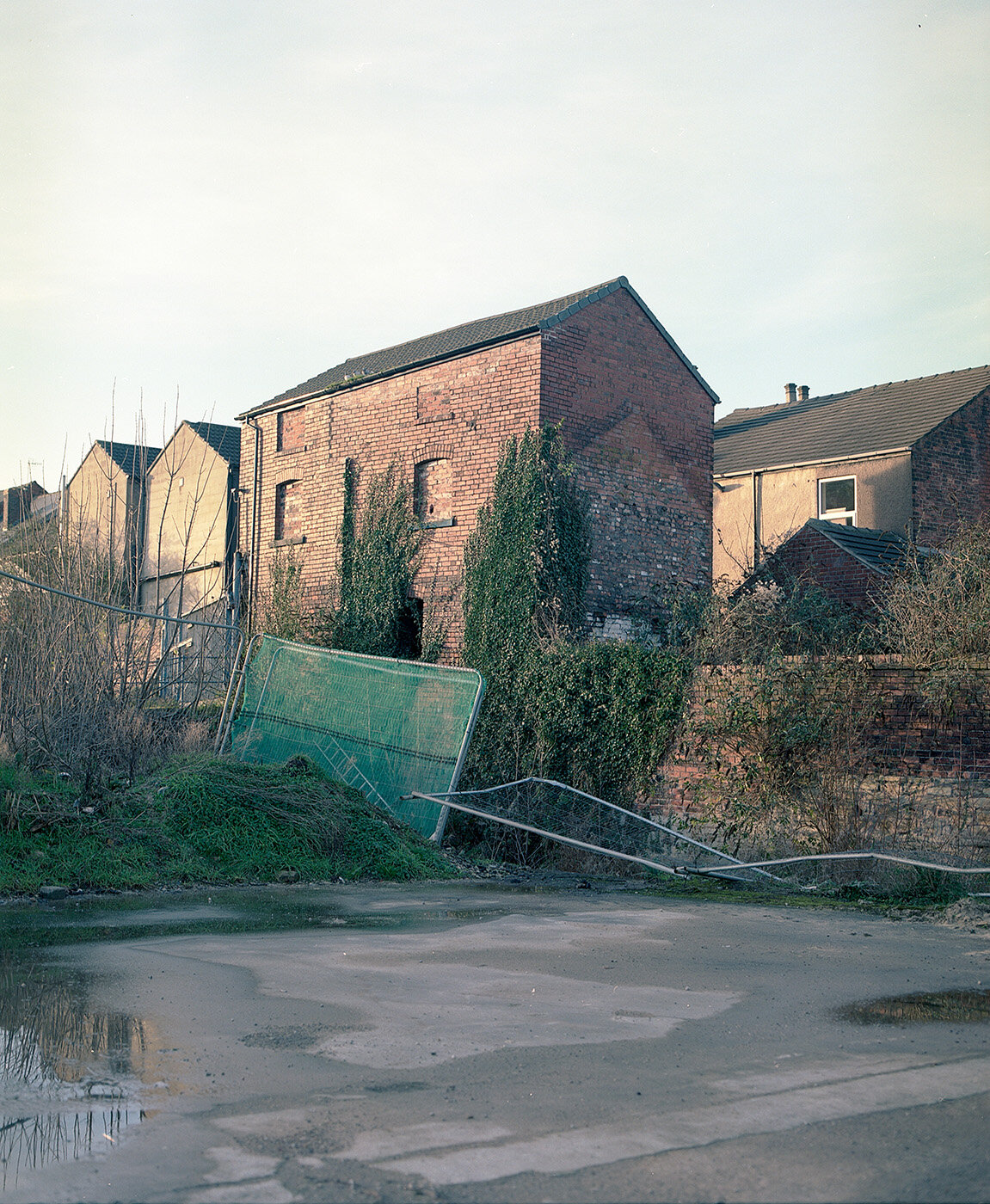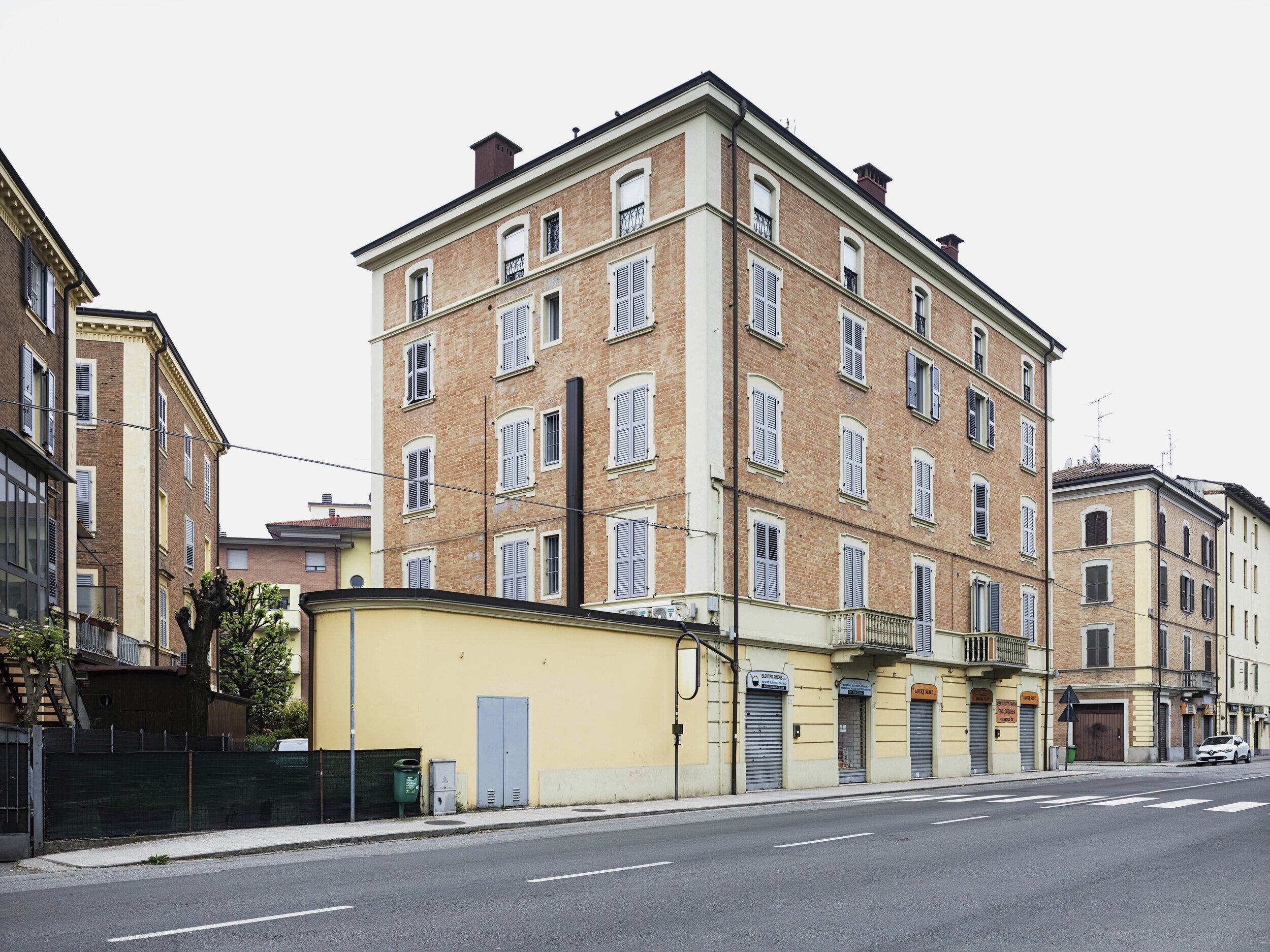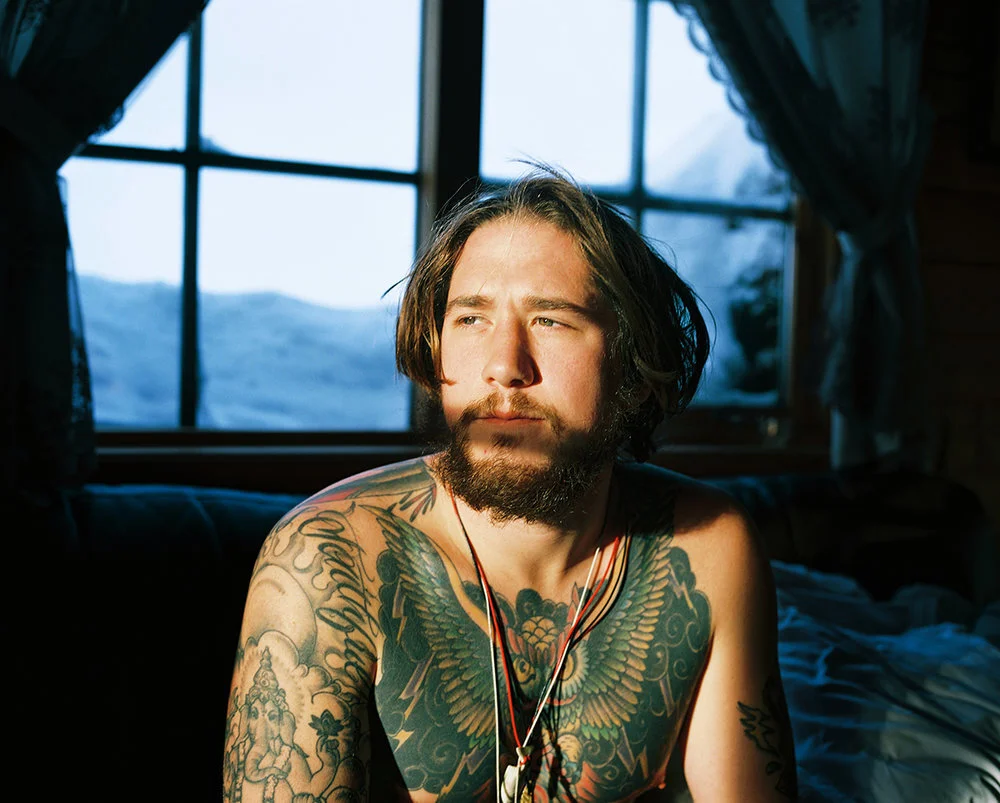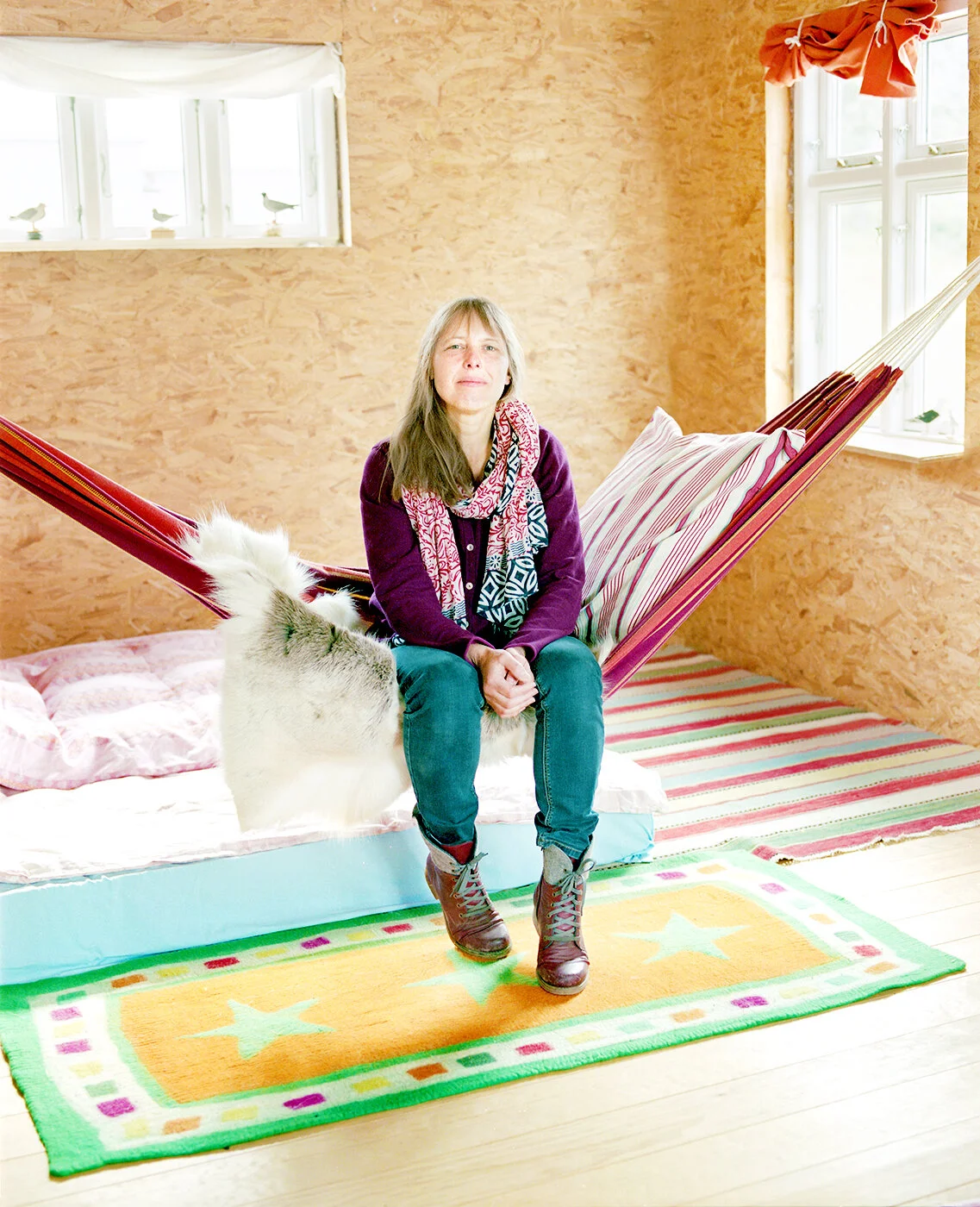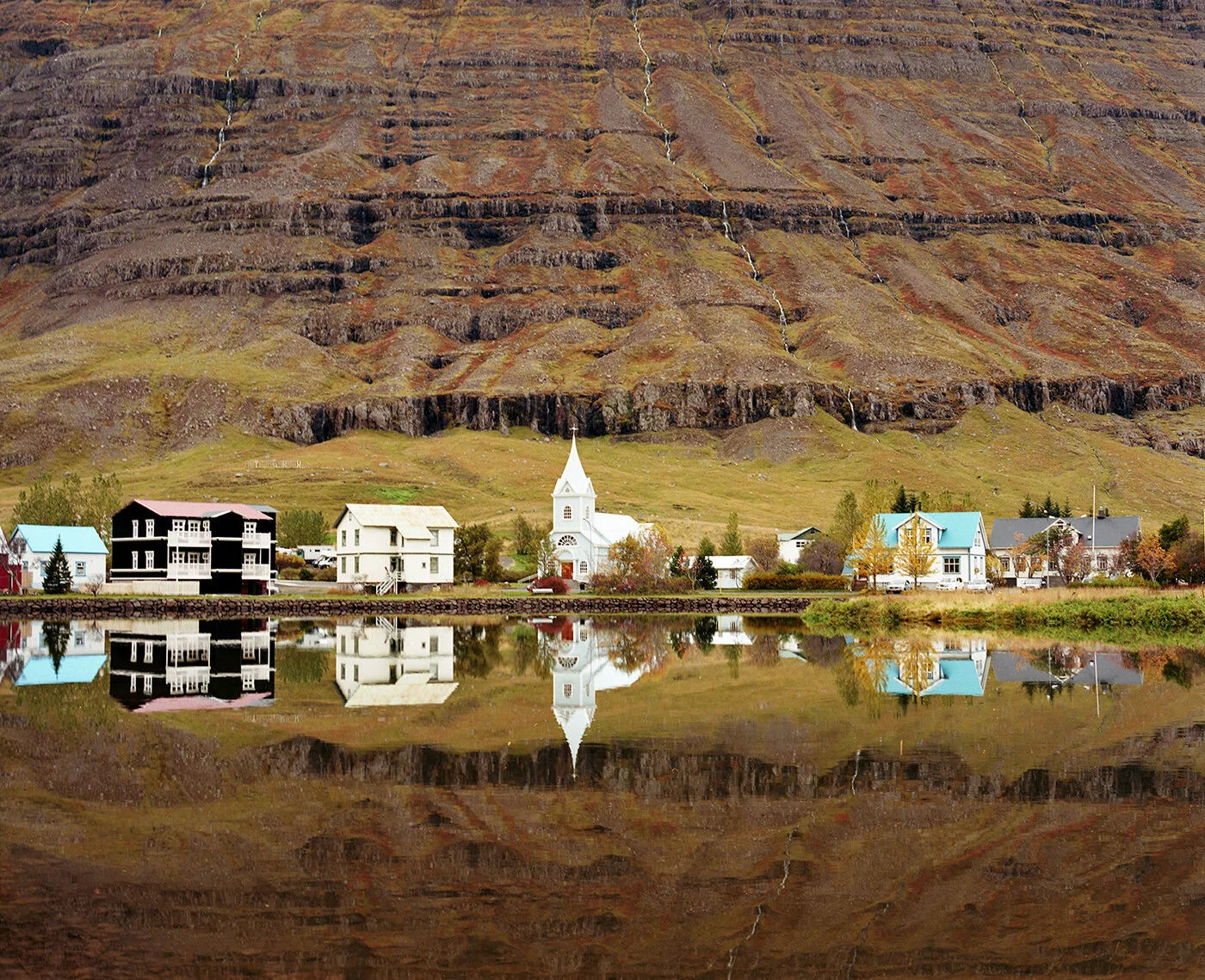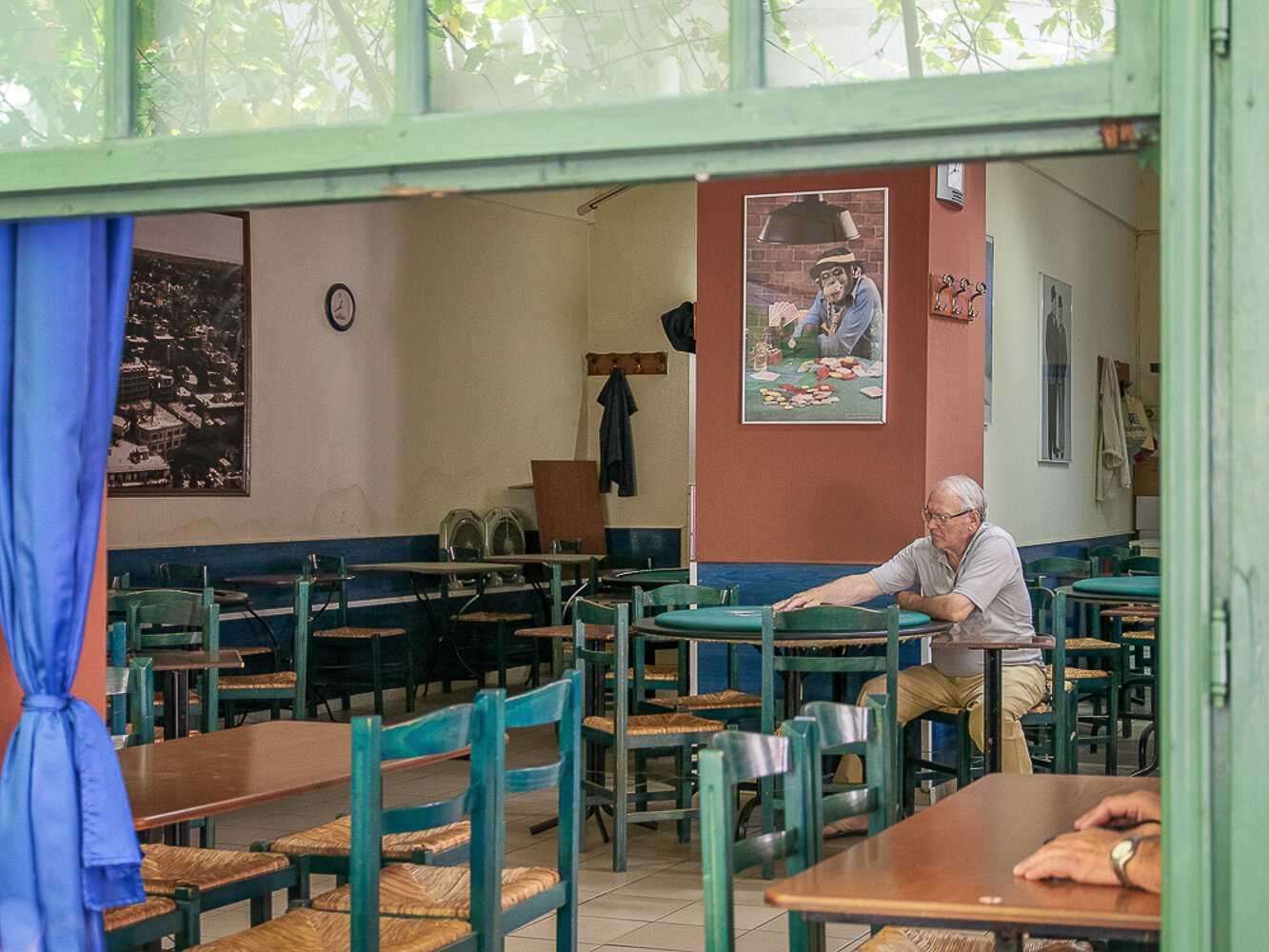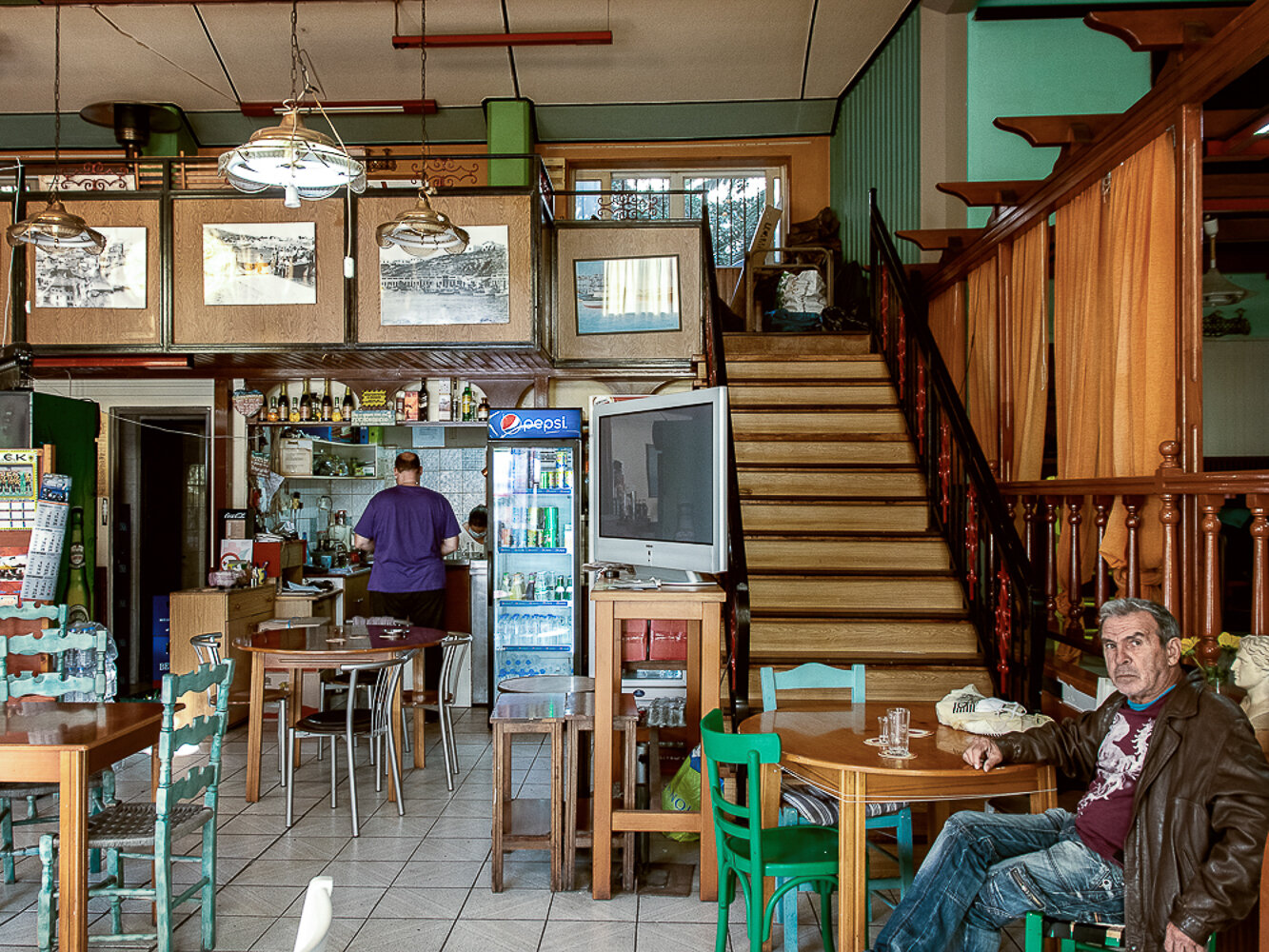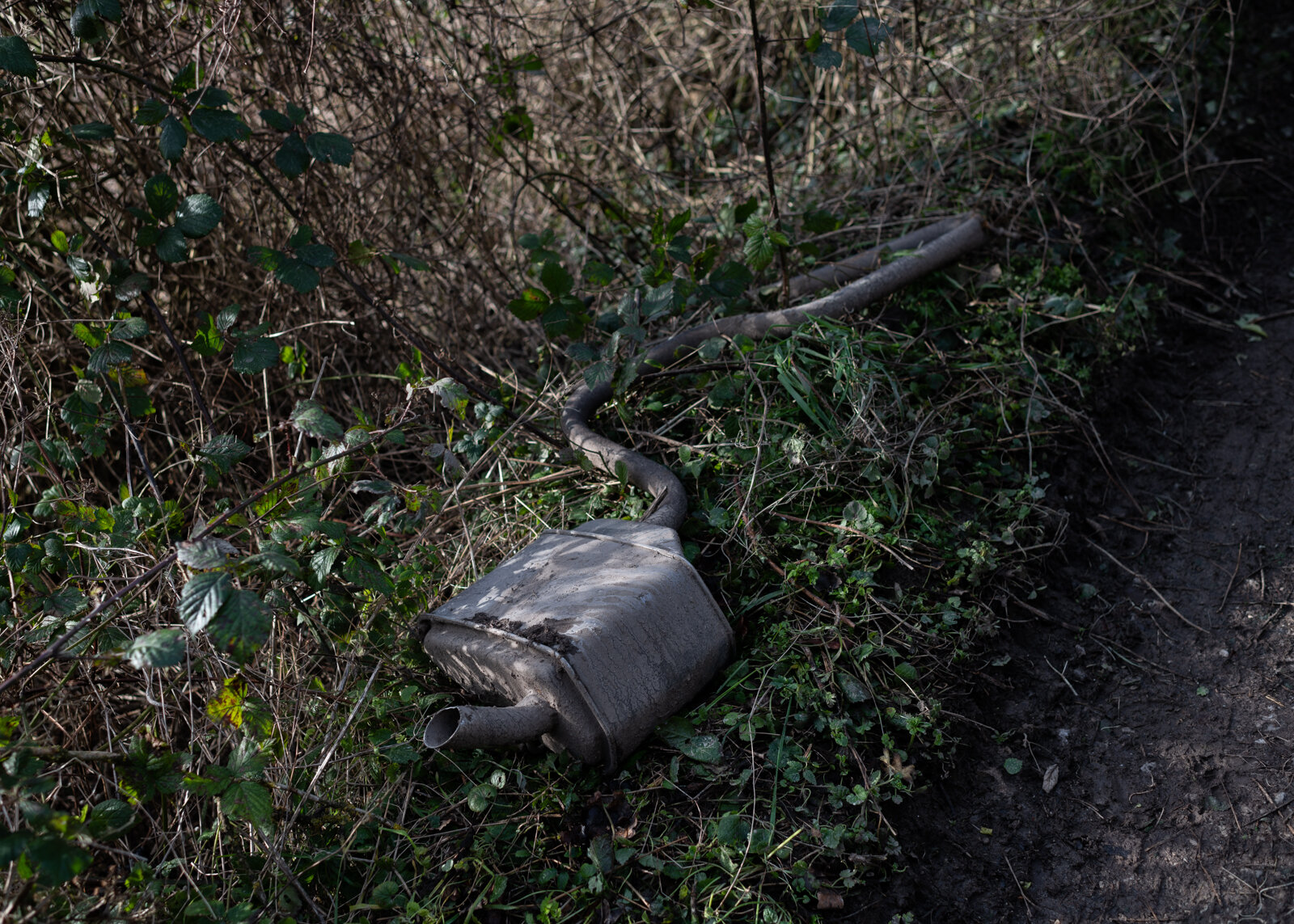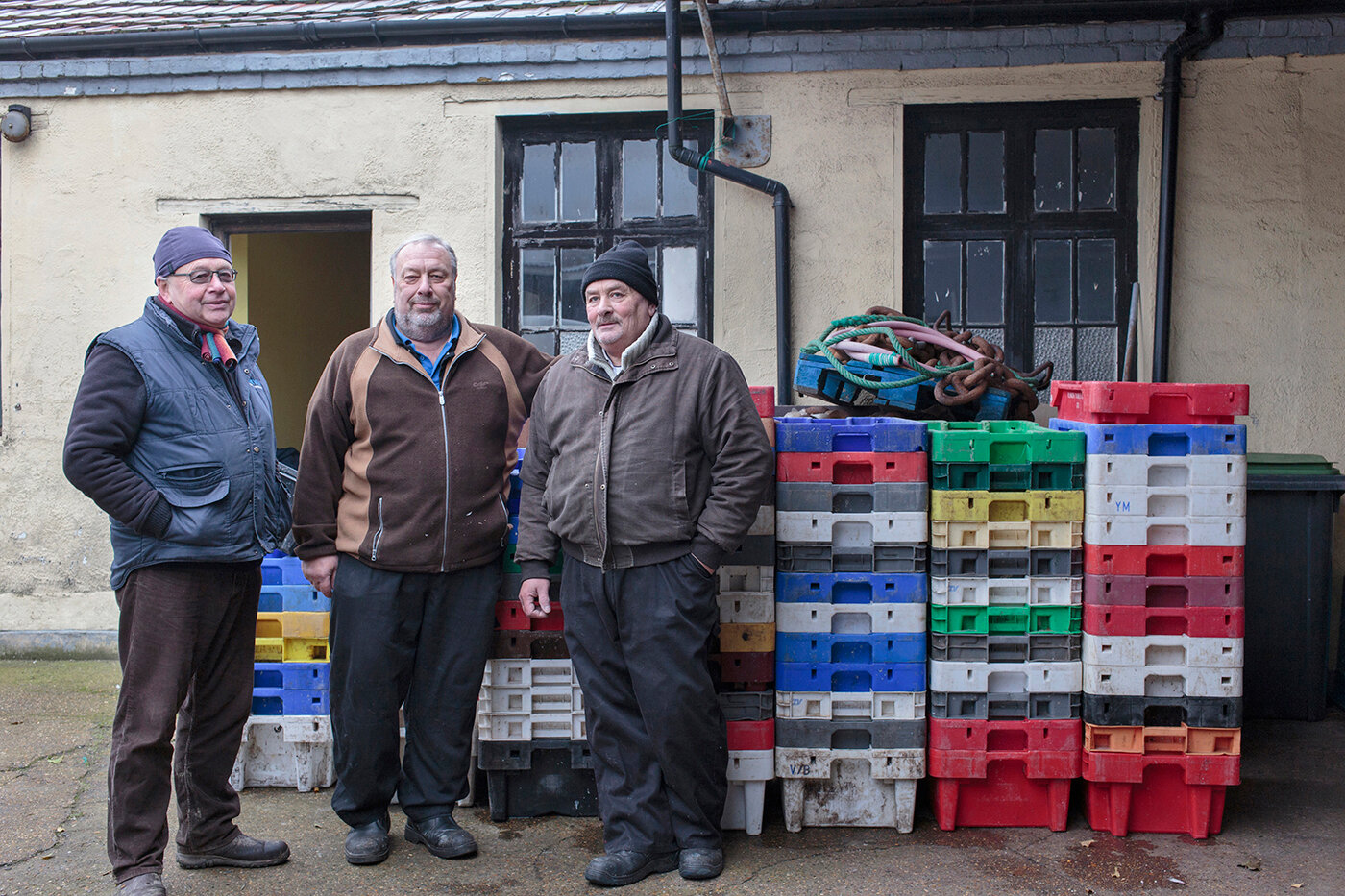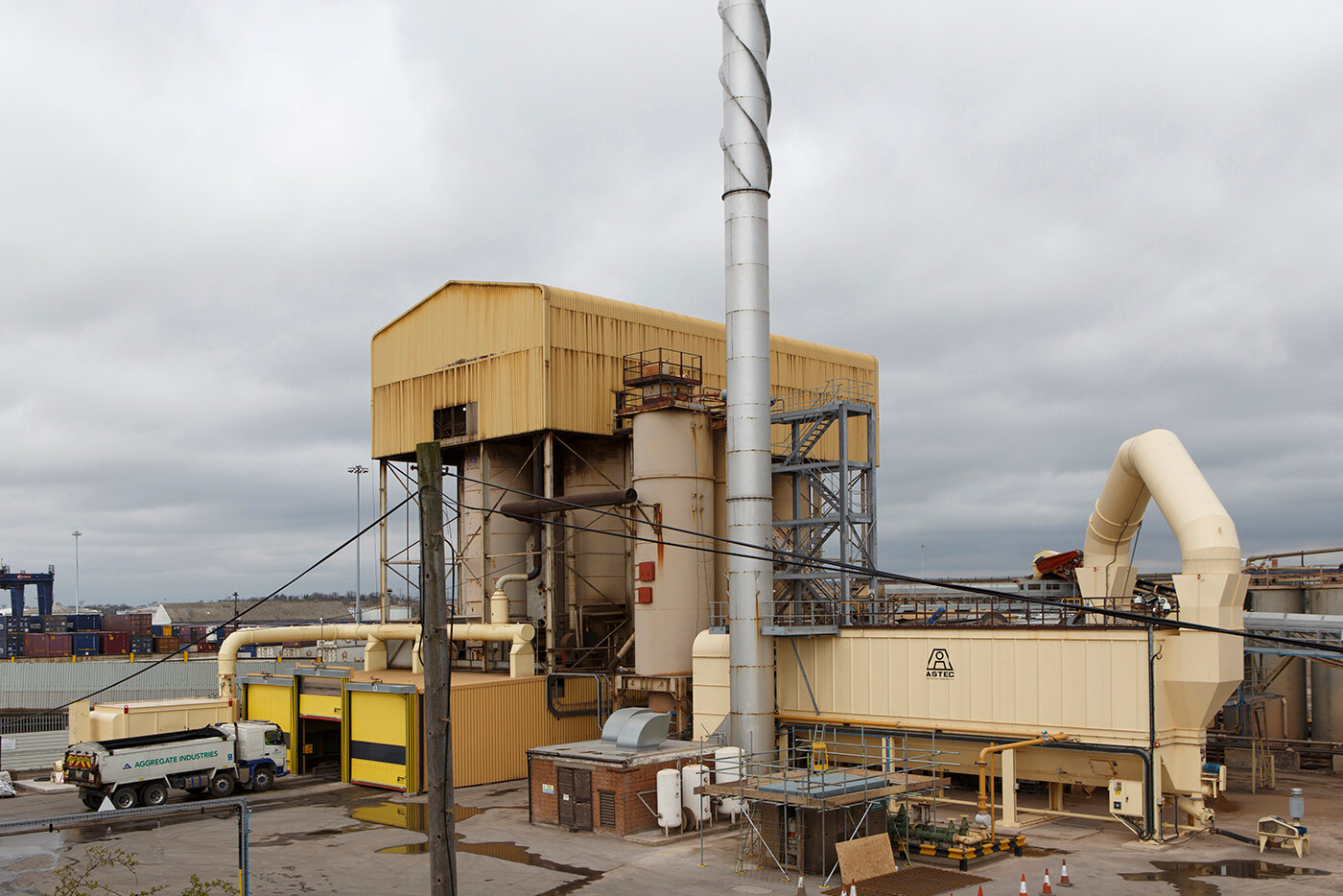In August 2020, mid pandemic, I began the project Just Before The Heavens Opened researching and documenting the town of Talgarth, on the edge of the Brecon Beacons, and the old psychiatric hospital, now in ruins. The Talgarth Mid Wales Hospital, originally named the Brecon and Ragnor Asylum (also known as the Mid Wales Lunatic Asylum) opened in 1903 and closed almost a century later. The town of Talgarth and the old asylum are inextricably linked; it is said that the town came into being because of the hospital: it was the sole employer of any size and many of the former work force still live in the town, their memories vivid, their tales long. Even the millennials hold the memory of their parents and grandparents having worked here.
The rapidity of decay and ruination now is alarming. The floors sag ominously and the roof is practically caved in, the roof tiles long since been plundered. This was once a luxurious Victorian sanatorium, with lush furnishings: chaise-longs and ornamental carpets in the day rooms, a luscious dining room come ballroom. It was a place of incarceration: many committed remained in the asylum until death. However, the hospital was well served: it had a vegetable garden and bakery, a theatre with projection room, the staff had a social club and played cricket. The original features have now been stripped out, eery clues left in the tattered curtains and the incongruous image of the Alps hung above what was the bar (perhaps alluding to Alpine spa treatment). It is now toxic, literally poisonous with asbestos but also toxic politically and perhaps malignant in memory. There are plans to develop the site, to turn it into a residential and commercial area, extending the size and population of the town.
I am interested in pursuing the ghosts of memory, my interest in the notoriety of memory as much as the facts; these ghosts best exist in the archival images of nurses and workers outside the hospital entrance and odd shots of odd folk. There is distrust built into the language. It was a hospital built for pauper lunatics, a concept as antiquated in understanding as the myriad slang terms that exist: round the bend, batty as a fruit cake, two bricks short of a load, bats in the belfry etc. This is a study of the memory of an asylum and its pervasive hold over the town of Talgarth. It is about memory & madness, truth and rumours, history and notoriety, superstitious thoughts & flights of fancy, lavish plans of incarceration and current state of ruination.'



























